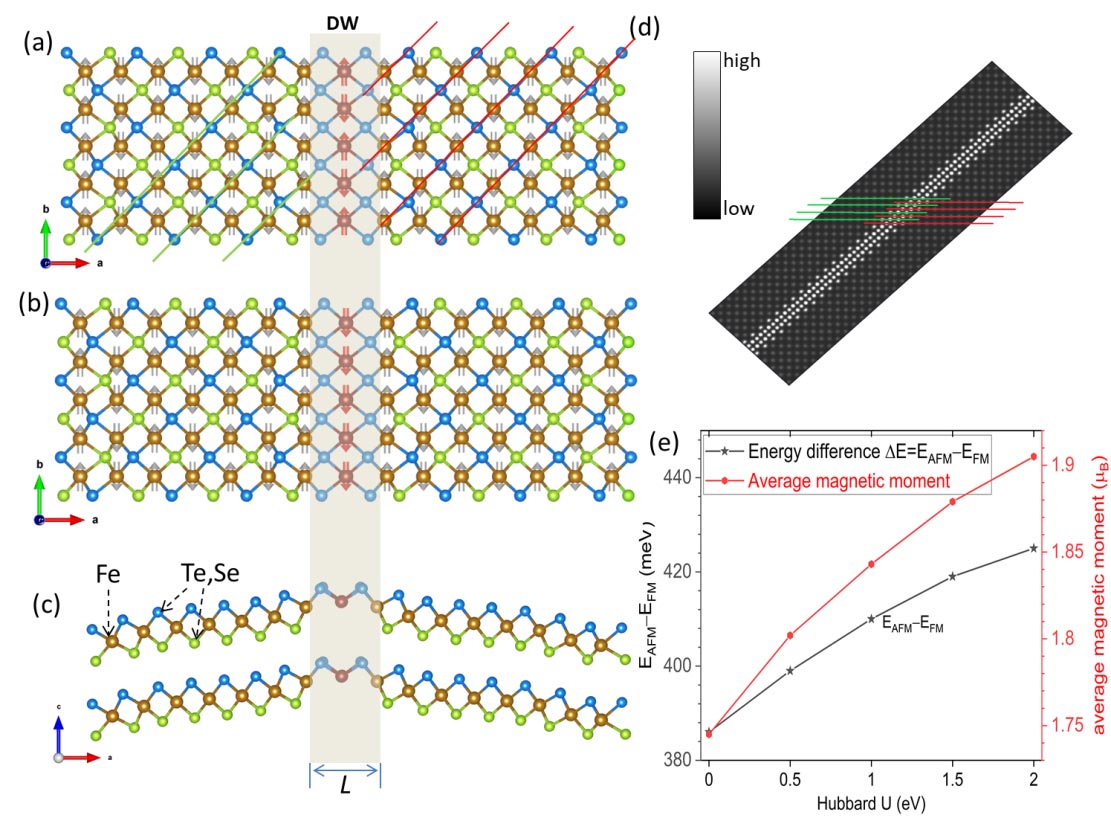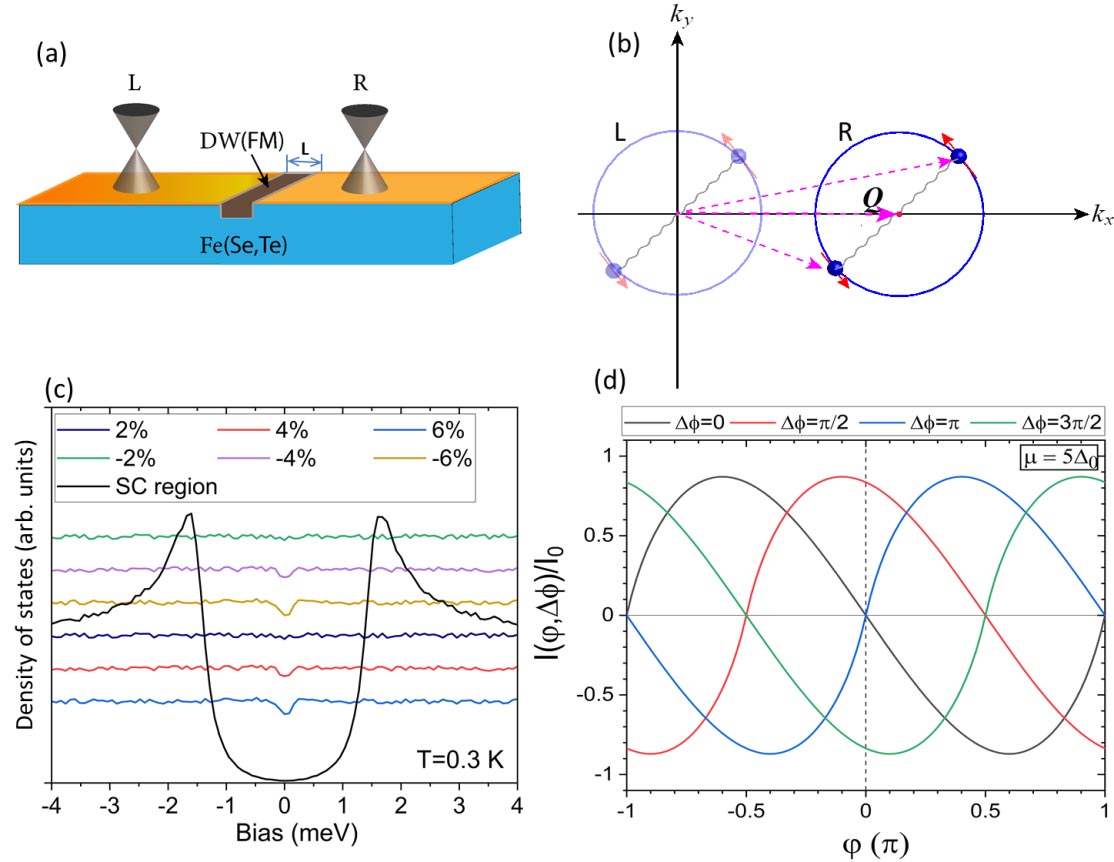
In 2014, a theory showed that the electronic structure of iron-based superconductor has topological properties due to the multi-orbit characteristics under certain conditions, which is similar to the case in topological insulator. Science then, the subsequent theoretical and experimental studies on topological matter in iron-based superconductors have progressed rapidly. Recently, new progresses have been achieved in measuring the response of the topological defects to the superconducting state in iron-based superconductors with topological electronic structure.
It is found that the quasi-particles bound by these topological defects show characteristics similar to Majorana quasi-particles. Combined with the theory of topological matter of iron-based superconductors, one possible understanding is the existence of two-dimensional surface or one-dimensional edge topological superconducting states in these iron-based superconductors, where topological defects can bind Majorana quasi-particles. However, measurements from different experimental groups indicate that impurities, linear defects, and magnetic flux vortices respond to superconducting states with diversity and complexity and have not yet reached a consensus understanding of the experimental results.
A research team led by professor HAO Ning from High Magnetic field laboratory, Hefei Institutes of Physical Science, Chinese Academy of Sciences (CAS) theoretically studies the mechanism and the properties of the recent experimentally reported bound state of the superconducting quasi-particle in a one-dimensional crystal domain wall (a type of linear defect caused by a lattice dislocation).
This research result was published on Physical Review Letters.
In this research, they found that the configuration of the lattice domain walls and their ferromagnetic ground state play a critical role in the formation of one-dimensional Majorana quasi-particles with linear dispersion. The experimentally observed features of the scanning tunnel microscope (STM) imaging of the lattice domain walls as well as the scanning tunnel spectrum (STS) of the near-constant density of state can be theoretically explained. More meaningfully, the researchers propose the generation and fusion of Majorana zero modes by manipulating the ferromagnetic properties of the lattice domain walls. Furthermore, they propose a theoretical scheme to implement the braiding operation of Majorana zero modes in order to provide new ideas for the proof of non-Abelian statistical properties of the Majorana zero modes
This work was financially supported by the National Key R&D Program, the Natural Science Foundation of China, the Chinese Academy of Sciences, the Anhui Province Laboratory and the Hefei Big Science Center.

Figure1 The pattern of domain wall and its ground state is Ferromagnetic (Image by HAO Ning)

Figure2. The effective model and calculated STS spectra. (Image by HAO Ning)